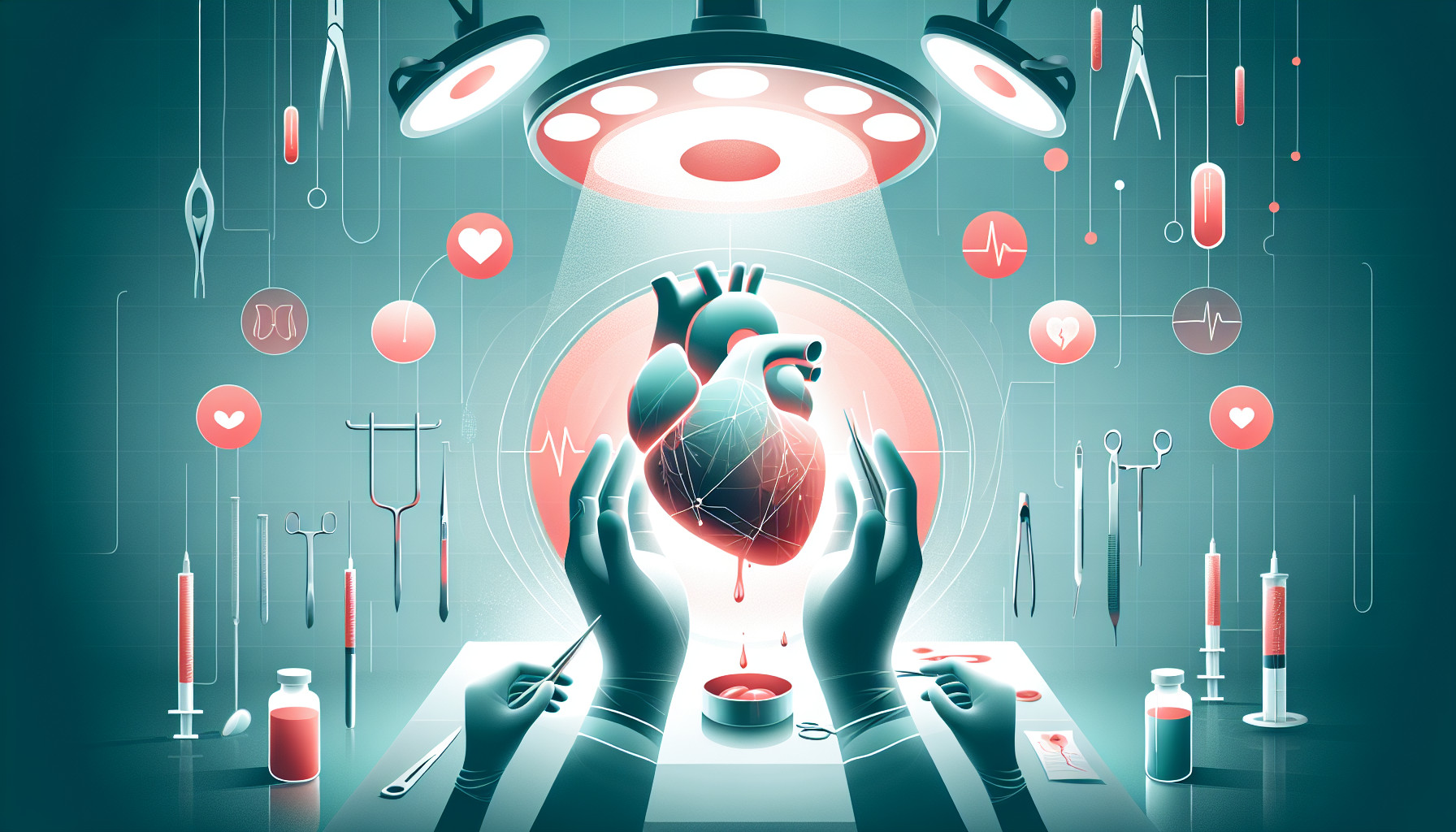Our Summary
The paper discusses the advances in heart-related medical technology and practices in 2015. These advances include the use of new devices for procedures such as implanting valves in the aortic position and providing mechanical support, which have significantly improved patient care. The use of temperature management in aortic arch cases is also evolving, driven more by the emergence of endovascular technology.
The paper also discusses debates around the best methods for coronary bypass grafting, where veins or arteries are used to create a new route for blood to reach the heart. There’s a new proposal to use more arterial grafts, but there’s some resistance to this change. Those in favor of using more arterial grafts are seen as being inflexible in their approach.
In summary, this paper highlights the rapid changes and ongoing debates in the field of cardiac surgery based on the literature from 2015.
FAQs
- What new devices for heart-related procedures were introduced in 2015?
- What is the debate around the best methods for coronary bypass grafting?
- How is the use of temperature management in aortic arch cases evolving with the emergence of endovascular technology?
Doctor’s Tip
One helpful tip a doctor might tell a patient about cardiac surgery is to follow all pre-operative instructions carefully, including fasting before the procedure and stopping certain medications as directed. It is important to communicate any concerns or questions with your healthcare team and to follow all post-operative instructions for a successful recovery. Additionally, maintaining a healthy lifestyle with regular exercise and a balanced diet can help support the healing process and reduce the risk of future heart issues.
Suitable For
Patients who are typically recommended for cardiac surgery include those with severe coronary artery disease, heart valve disorders, congenital heart defects, and heart failure. Additionally, patients who have not responded well to other forms of treatment such as medication or lifestyle changes may also be candidates for cardiac surgery.
Timeline
Before cardiac surgery:
- Patient undergoes diagnostic tests such as ECG, echocardiogram, and angiography to determine the extent of heart disease.
- Patient may undergo medical management to stabilize their condition before surgery.
- Patient meets with the cardiac surgeon and anesthesiologist to discuss the surgery and any potential risks.
- Patient may undergo preoperative preparation such as blood tests, chest x-rays, and medication adjustments.
After cardiac surgery:
- Patient is taken to the intensive care unit (ICU) for monitoring immediately after surgery.
- Patient may be on a ventilator to assist with breathing until they are able to breathe on their own.
- Patient is monitored closely for any complications such as bleeding, infection, or arrhythmias.
- Patient begins physical therapy and rehabilitation to regain strength and mobility.
- Patient is discharged from the hospital and continues recovery at home, with follow-up appointments with the cardiac surgeon and cardiologist.
- Patient may need to make lifestyle changes such as diet and exercise to improve heart health and prevent future cardiac issues.
What to Ask Your Doctor
- What specific type of cardiac surgery do you recommend for my condition?
- What are the potential risks and complications associated with the recommended surgery?
- How experienced are you in performing this type of surgery?
- What is the expected recovery time after the surgery?
- Will I need any additional procedures or treatments after the surgery?
- How long will I need to stay in the hospital after the surgery?
- What lifestyle changes will I need to make after the surgery?
- Are there any alternative treatments or procedures that I should consider?
- What are the success rates for this type of surgery?
- What follow-up care will be required after the surgery?
Reference
Authors: Reece TB, Cleveland JC Jr. Journal: Semin Cardiothorac Vasc Anesth. 2016 Mar;20(1):34-9. doi: 10.1177/1089253215626730. PMID: 26872705
